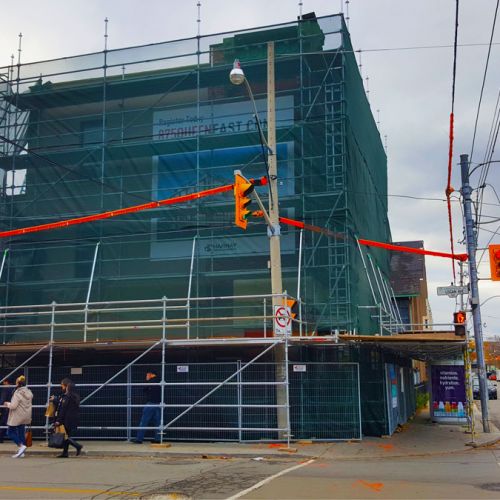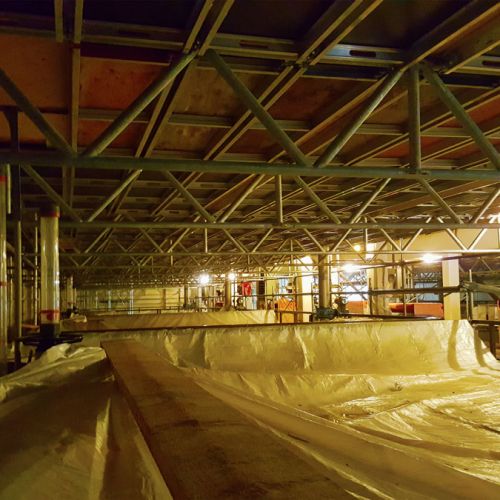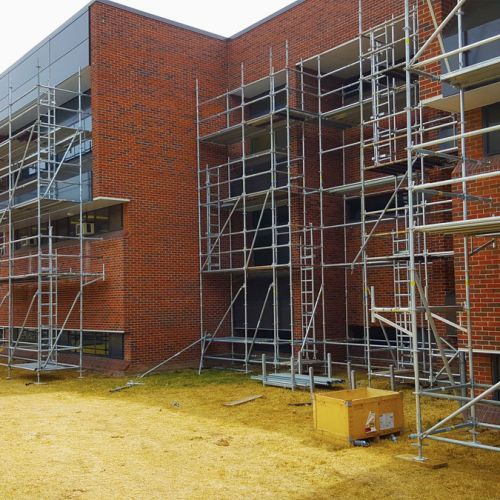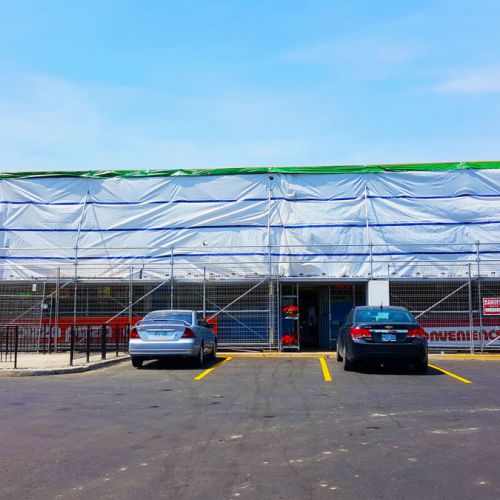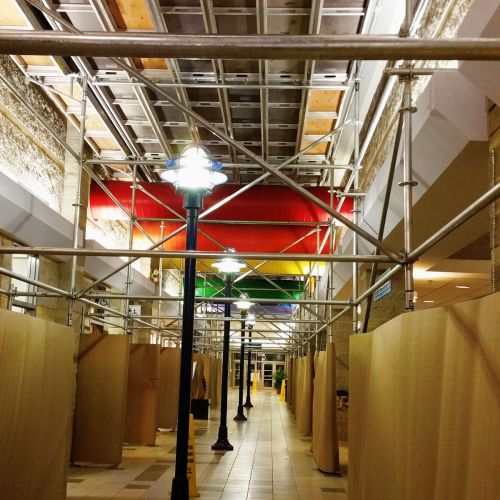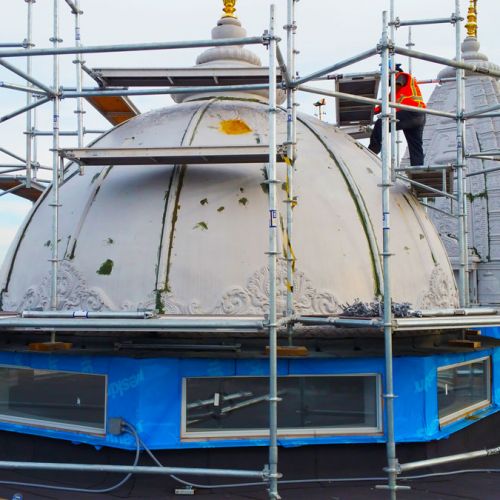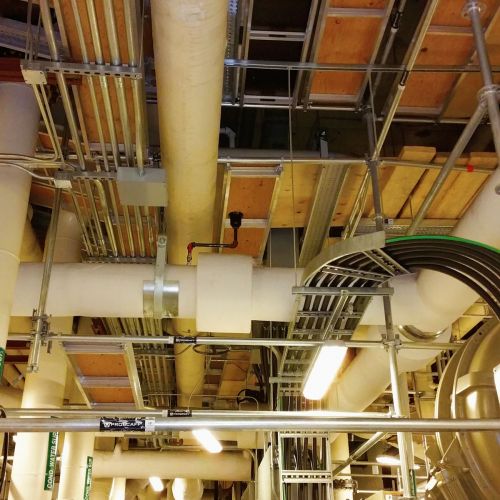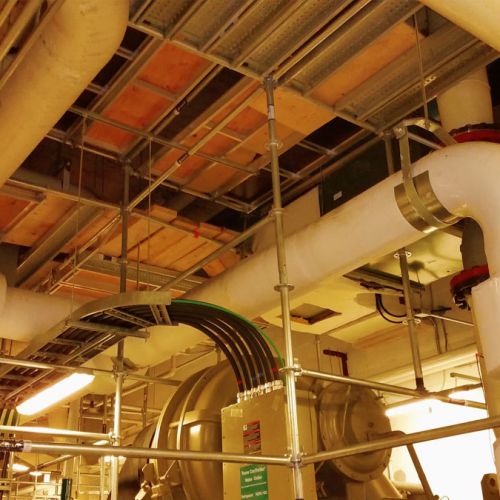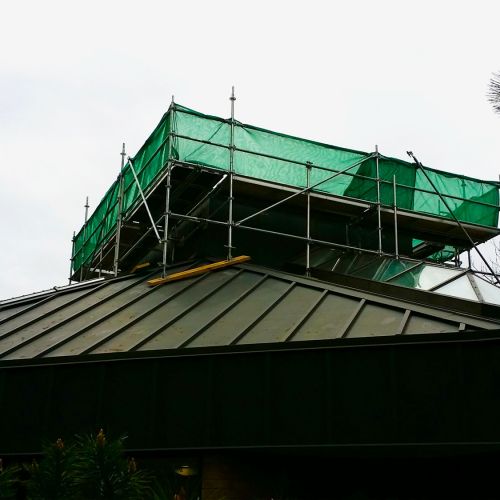By understanding the benefits, types, and applications of weather enclosures, you can make an informed decision about whether they are a valuable addition to your next project. They can be a worthwhile investment, ensuring a smooth-running operation and protecting your project from the unpredictable nature of weather.
Having trouble deciding which scaffolding service provider to go with?
Weather Enclosures: Keeping Your Project on Track, Rain or Shine
Weather enclosures, also known as temporary weatherproofing structures, are crucial tools in construction and various industries. They create a controlled environment around your workspace, protecting your project, workers, and materials from the elements



Benefits of Using Weather Enclosures
Shielding your worksite from rain, snow, wind, and extreme temperatures allows construction to continue even in unfavorable weather conditions. This translates to faster project completion times and adherence to deadlines.
Weather enclosures provide a safer working environment for your crew. They minimize the risk of slips, falls, and other weather-related hazards, leading to improved worker productivity and morale.
Sensitive equipment, building materials, and finishes are shielded from moisture, dust, and extreme temperatures. This helps prevent damage, reduces material waste, and maintains the quality of your project.
Controlled temperature and humidity within the enclosure can lead to better results in certain construction processes, such as concrete curing or painting.
By minimizing weather delays and protecting materials, weather enclosures can ultimately save you money on your project.
Types of Weather Enclosures:
Freestanding Enclosures: These self-supporting structures are ideal for enclosing entire work areas. They come in various sizes and configurations to suit different project needs.
Attached Enclosures: These enclosures are connected to an existing building, offering weather protection for specific work zones.
Inflatable Enclosures: These lightweight and portable structures are a good option for temporary projects or situations where space is limited.
Applications of Weather Enclosures:
Construction Sites: Protecting ongoing construction activities, particularly for projects with tight schedules or those involving sensitive materials.
Renovation and Restoration Projects:Safeguarding work areas during building renovations or historical restorations.
Events: Creating temporary weather-controlled environments for outdoor events, concerts, or exhibitions.
Industrial Applications: Providing protection for equipment, processes, or workers in industrial settings.
Choosing the Right Weather Enclosure:
Project Requirements: Consider the size of the work area, desired level of protection, and duration of use.
Site Conditions: Evaluate factors like wind load, available space, and access points for equipment and materials.
Budget: Weather enclosures come in various price ranges depending on size, features, and materials.


